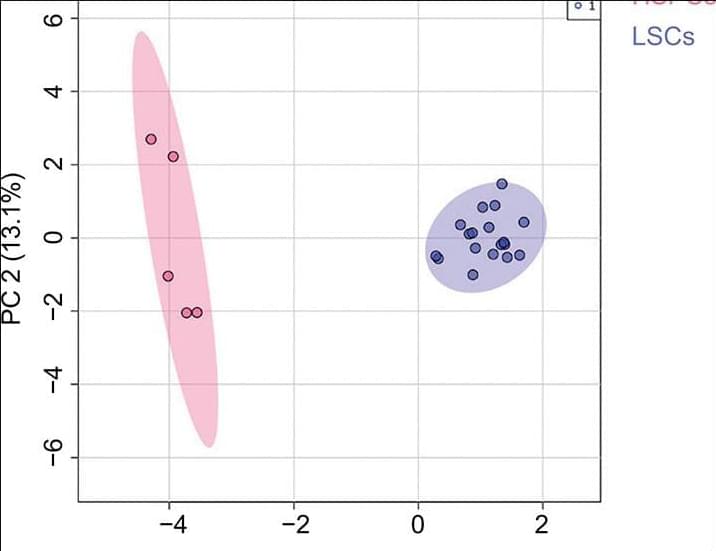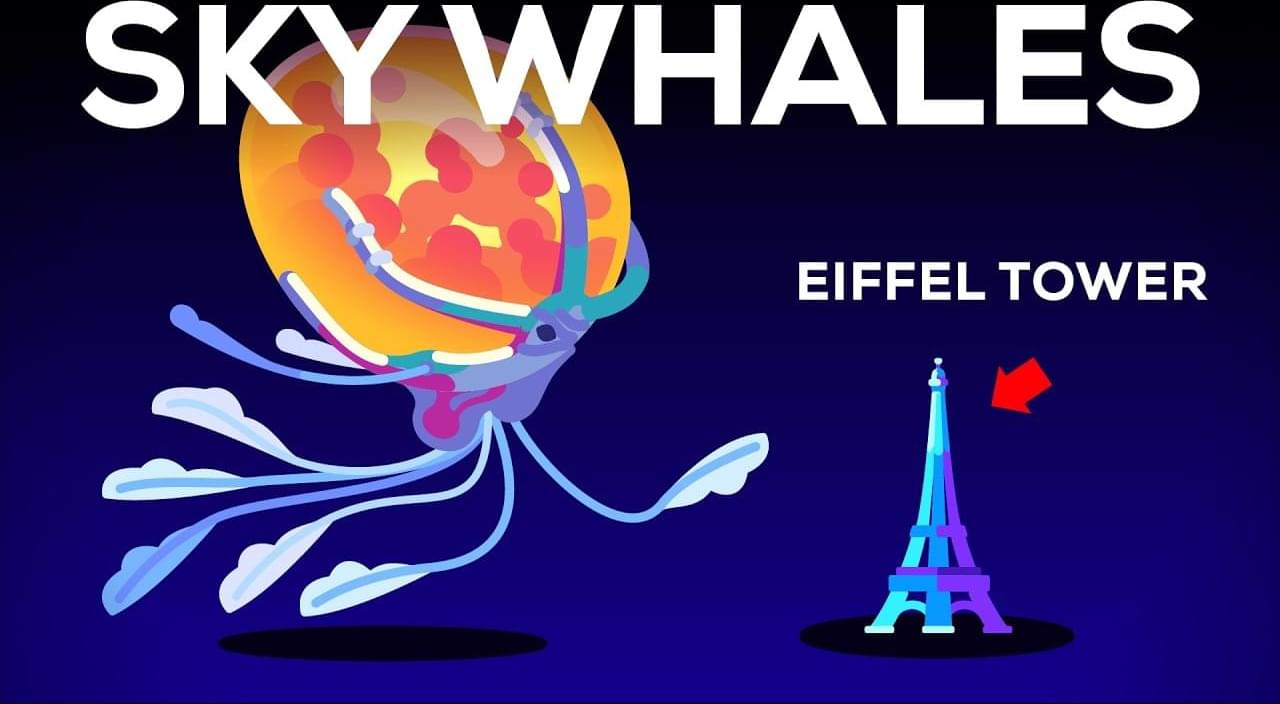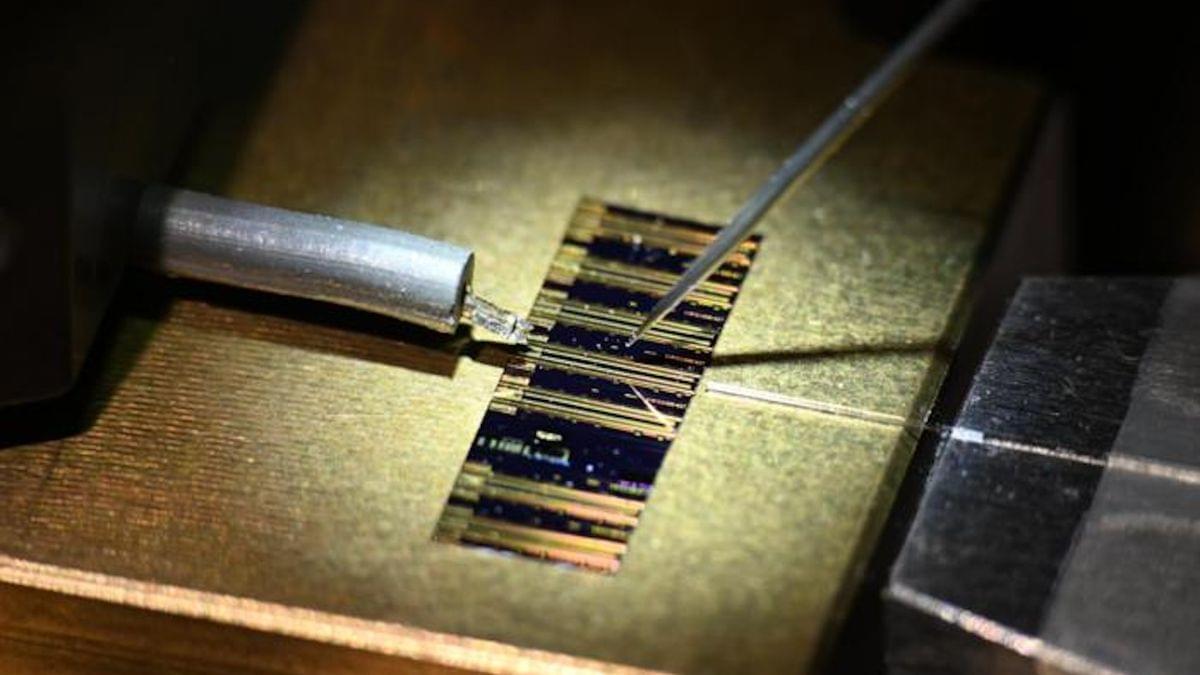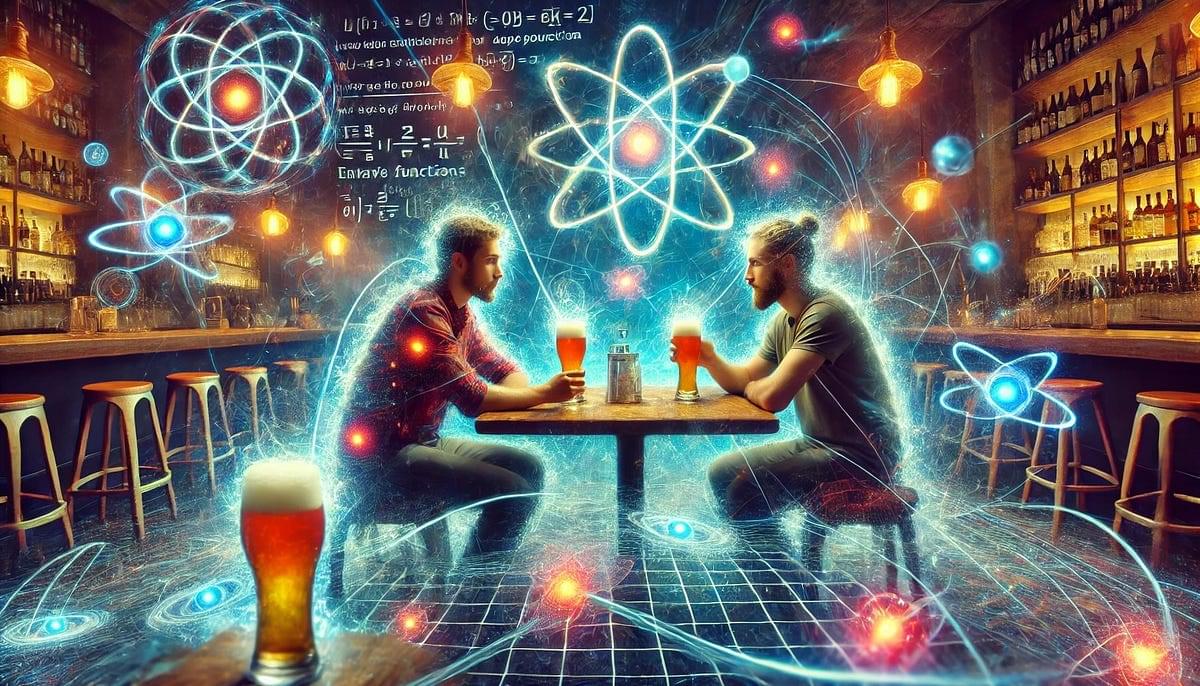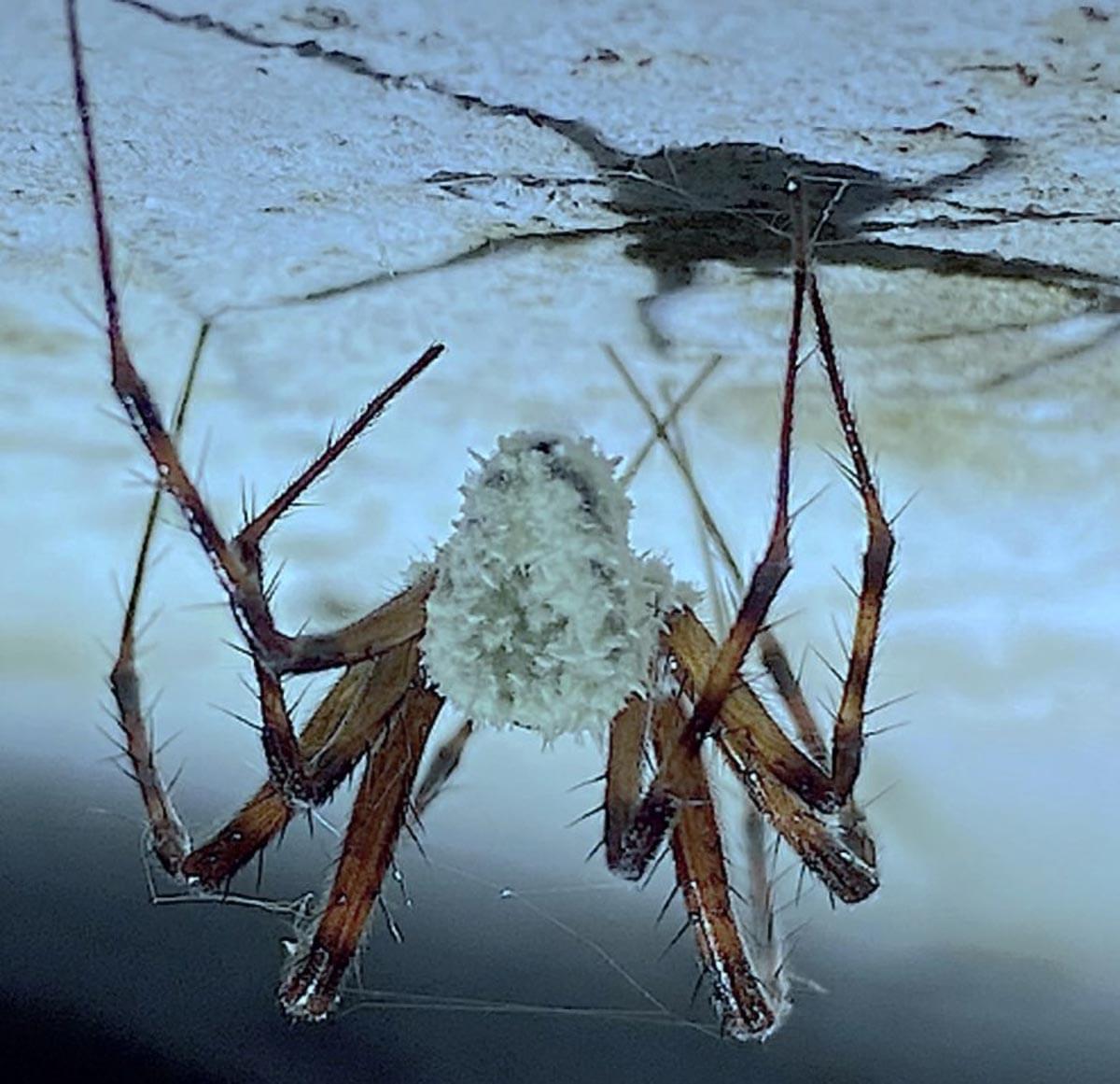Why do plants transport energy so efficiently and quickly?
Despite strong interest in using artificial intelligence to make research faster, easier and more accessible, researchers say they need more support to navigate its possibilities.
Researchers at the RIKEN Center for Brain Science (CBS) have uncovered how perceptual memories linked to positive emotions, such as joy or happiness, are strengthened during sleep. The study, published in Neuron, could help scientists understand the neurological basis for overcoming conditions like drug or sexual addiction.
Why do emotional events, whether positive or negative, create strong, long-lasting memories of external information such as music, smells and textures received at the events?
We know that sleep is essential for memory consolidation, the process that turns new events into memories, but do not know how it plays its role in memory enhancement.
Groundbreaking experiments suggest plants might be living, thinking, and feeling entities, challenging our understanding of consciousness.
Imagine walking through a dense forest, feeling the hush of nature all around you. You might assume that the only beings truly aware in that space are the birds in the trees, the insects in the soil, or perhaps yourself. But what if the trees, the flowers, and even the grass beneath your feet are more conscious than we’ve ever given them credit for?
For centuries, science has treated consciousness as a function of the brain—a phenomenon exclusive to creatures with neurons and synapses. Yet recent studies on plant behavior challenge this long-held assumption. Plants exhibit problem-solving skills, communicate through underground networks, and even appear to remember past experiences. Some researchers now argue that consciousness might not be a byproduct of the brain at all, but rather an intrinsic quality of life itself.
Spermidine metabolism regulates leukemia stem and progenitor cell function through KAT7 expression in patient-derived mouse models
Posted in biotech/medical | Leave a Comment on Spermidine metabolism regulates leukemia stem and progenitor cell function through KAT7 expression in patient-derived mouse models
A metabolomics study pinpointed the differences between leukemia stem cells (LSCs) and their normal counterparts, and suggests elevated levels of spermidine are a signature and a targetable weakness in LSCs.
Spermidine is essential for the function of leukemia stem and progenitor cells through the regulation of KAT7 expression.
Go to https://brilliant.org/nutshell/ to dive deeper into these topics and more with a free 30-day trial + 20% off the premium subscription!
This video was sponsored by Brilliant. Thanks a lot for the support!
Glow up your space with posters that don’t just shine – they spark curiosity ✨
Get your own beautifully crafted space poster (and directly support kurzgesagt in the process!): https://shop.kgs.link/space.
Sources & further reading:
https://sites.google.com/view/sources… assume aliens look human. But why would they? Let’s explore what life might actually look like in strange, distant worlds. OUR CHANNELS ▀▀▀▀▀▀▀▀▀▀▀▀▀▀▀▀▀▀▀▀▀▀▀▀▀▀ German: https://kgs.link/youtubeDE Spanish: https://kgs.link/youtubeES French: https://kgs.link/youtubeFR Portuguese: https://kgs.link/youtubePT Arabic: https://kgs.link/youtubeAR Hindi: https://kgs.link/youtubeHI Japanese: https://kgs.link/youtubeJA Korean: https://kgs.link/youtubeKO HOW CAN YOU SUPPORT US? ▀▀▀▀▀▀▀▀▀▀▀▀▀▀▀▀▀▀▀▀▀▀▀▀▀▀ This is how we make our living and it would be a pleasure if you support us! Get Products designed with ❤️ https://shop.kgs.link Join the Patreon Bird Army 🐧 https://kgs.link/patreon DISCUSSIONS & SOCIAL MEDIA ▀▀▀▀▀▀▀▀▀▀▀▀▀▀▀▀▀▀▀▀▀▀▀▀▀▀ TikTok: https://kgs.link/tiktok Reddit: https://kgs.link/reddit Instagram: https://kgs.link/instagram Twitter: https://kgs.link/twitter Facebook: https://kgs.link/facebook Discord: https://kgs.link/discord Newsletter: https://kgs.link/newsletter OUR VOICE ▀▀▀▀▀▀▀▀▀▀▀▀▀▀▀▀▀▀▀▀▀▀▀▀▀▀ The kurzgesagt voice is from Steve Taylor: https://kgs.link/youtube-voice OUR MUSIC ♬♪ ▀▀▀▀▀▀▀▀▀▀▀▀▀▀▀▀▀▀▀▀▀▀▀▀▀▀ 700+ minutes of kurzgesagt soundtracks by Epic Mountain: Spotify: https://kgs.link/music-spotify Soundcloud: https://kgs.link/music-soundcloud Bandcamp: https://kgs.link/music-bandcamp Youtube: https://kgs.link/music-youtube Facebook: https://kgs.link/music-facebook The soundtrack of this video: SoundCloud: https://bit.ly/3EoOI5r Bandcamp: https://bit.ly/4jGFjWV If you want to help us caption this video, please send subtitles to [email protected] You can find info on what subtitle files work on YouTube here: https://support.google.com/youtube/an… Thank you! 🐦🐧🐤 PATREON BIRD ARMY 🐤🐧🐦 ▀▀▀▀▀▀▀▀▀▀▀▀▀▀▀▀▀▀▀▀▀▀▀▀▀▀ Many thanks to our wonderful Patreons (from http://kgs.link/patreon) who support us every month and made this video possible: pheferna, Elli, Bruce Makaaru, nathanme, Zackenbarsch_LP, Alex OpBroek, Melissa, Leon Blaski, Jason Elish, Crashoverride, Alyx Vance, Beth-a-knee, Brendon, Munir Jojo-Verge, Zachary Alexander, Marco Link, Marten, Tueffy, Martin Scholz, Niez43, 9TFox, Jack Carter, Padraig Dunne, Param Saxena, Tirion, Julian Gillhofer, Mia, DSlim, M. Schmitz, Michael Imbrogno, Rodrigo Ceballos Lentini, zachary ball, Nick, Paul Jasinski, schmiewen, Mike Nittinger, Krste Simeonov, TheCuriousNoggin, Adamsapple18, Vladyslav Fediukov, Teddy CHAPTERS ▀▀▀▀▀▀▀▀▀▀▀▀▀▀▀▀▀▀▀▀▀▀▀▀▀▀ 0:00 Start 0:34 The Eye of Oculus 3:56 The Clouds of Nimbus 8:08 A Fatal Attraction 11:47 Back Home 11:35 Brilliant Sponsorship 14:16 A Special Piece of kurzgesagt.
Humans assume aliens look human. But why would they? Let’s explore what life might actually look like in strange, distant worlds.
A new artificial neuron that spikes like human brain cells could be used to process data at ultrafast speeds.
Blue Origin’s NS-29 mission will simulate the Moon’s gravity, testing 30 payloads focused on lunar tech. In partnership with NASA, the flight will provide critical data on six lunar technology areas: in-situ resource utilization, dust mitigation, habitation systems, sensors, small spacecraft, and entry descent/landing. For the first time, the New Shepard crew capsule will spin at 11 RPM, simulating lunar gravity, helping to lower the cost of space access. This testing supports NASA’s Artemis program, advancing innovation for future lunar exploration.
Scientists identified a new fungus, Gibellula attenboroughii, infecting cave spiders in Ireland. The fungus manipulates spider behavior, resembling “zombie-ant fungi.”
Dr. Harry Evans, Emeritus Fellow at CAB International, led a team of scientists—including experts from the Natural History Museum of Denmark and the Royal Botanic Gardens, Kew—in a study to identify a fungus discovered on a spider during the filming of the BBC Winterwatch series in Northern Ireland.
Through morphological and molecular analysis, the researchers confirmed the fungus as a previously unknown species.




